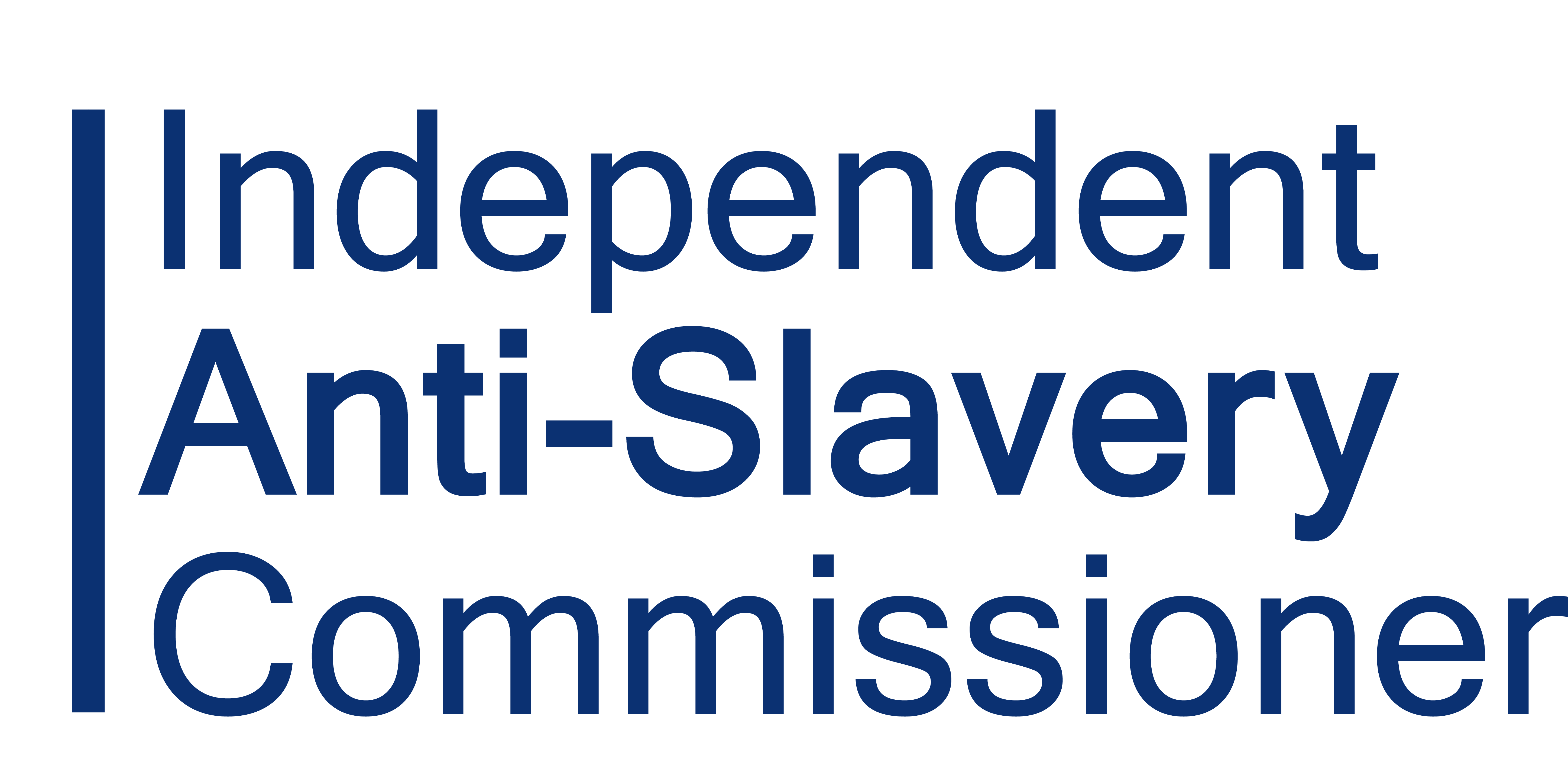The Independent Chief Inspector of Borders and Immigration and the Independent Anti-Slavery Commissioner recently completed an inspection of UK Border Force’s identification and treatment of potential victims of modern slavery. Findings are detailed in a report to be laid before Parliament today.
The inspection examined the efficiency and effectiveness of Border Force’s work in this area and revealed that identification of victims and perpetrators requires urgent improvement. In response to the report the Home Office states that tackling modern slavery remains a priority for the government and accepts 9 of the 12 recommendations given in the report, partially accepting the remaining 3.
The UK estimates there are up to 13,000 victims of modern slavery and human trafficking in the UK. The most recent official statistics show that there were 3266 potential victims in 2015, 94% of whom come from outside the UK. And yet, Border Force had set their own target of identifying just 313 potential victims in 2015-2016 – a number the report describes as ‘modest’.
“There is a strong chance we are missing thousands of victims of modern slavery at our borders” says the Anti-Slavery Commissioner. “I am pleased that nearly all recommendations in this report have been accepted, but I am concerned that we are missing the mark in safeguarding victims.”
“We must urgently improve our response, regardless of how challenging it is. If Border Force identified 265 potential victims at the border between April and November last year, as outlined in the report, and yet only 57 entered government funded support, what happened to the remaining 208?”
The government identifies Border Force as the lead for targeting and disrupting traffickers, and for identifying victims at the border. However the report highlights challenges faced by Border Force in meeting these expectations.
“There is no denying that the role of Border Force is a challenging one” says the Commissioner. “None the less, officers at the border are in a unique position to identify both victims and traffickers often before exploitation has even taken place, and this must be utilised.”
The inspection found that the number of identified potential victims and traffickers was low. Border Force convicted just one suspected trafficker in 2014-2015 and one in 2015-2016.
The Independent Chief Inspector of Borders and Immigration, David Bolt, says, “The Home Office has accepted the majority of my recommendations, and has committed to making a number of improvements over the next few months. I look forward to re-inspecting Border Force’s work in this area during 2017 and to confirming that improvements have been made and are effective.
“During 2017/18, I also intend to inspect how the other Home Office borders and immigration directorates are dealing with potential victims of modern slavery, working again with the Anti-Slavery Commissioner. Where relevant, I expect to see that the lessons and recommendations from this inspection have been implemented in those directorates.”
The Commissioner reiterates that the role of Border Force is crucial in the fight against the crime of modern slavery but goes on to say, “Border Force are being let down by their own lack of data recording and inconsistent training of staff. Thus far, officers have had outdated, brief or no training at all on modern slavery and human trafficking.”
“We must work together to transform this. I am glad to see that my recommendations for reviewed training have been accepted. Now I want to see a move from pockets of good practice to excellence across the board.”
